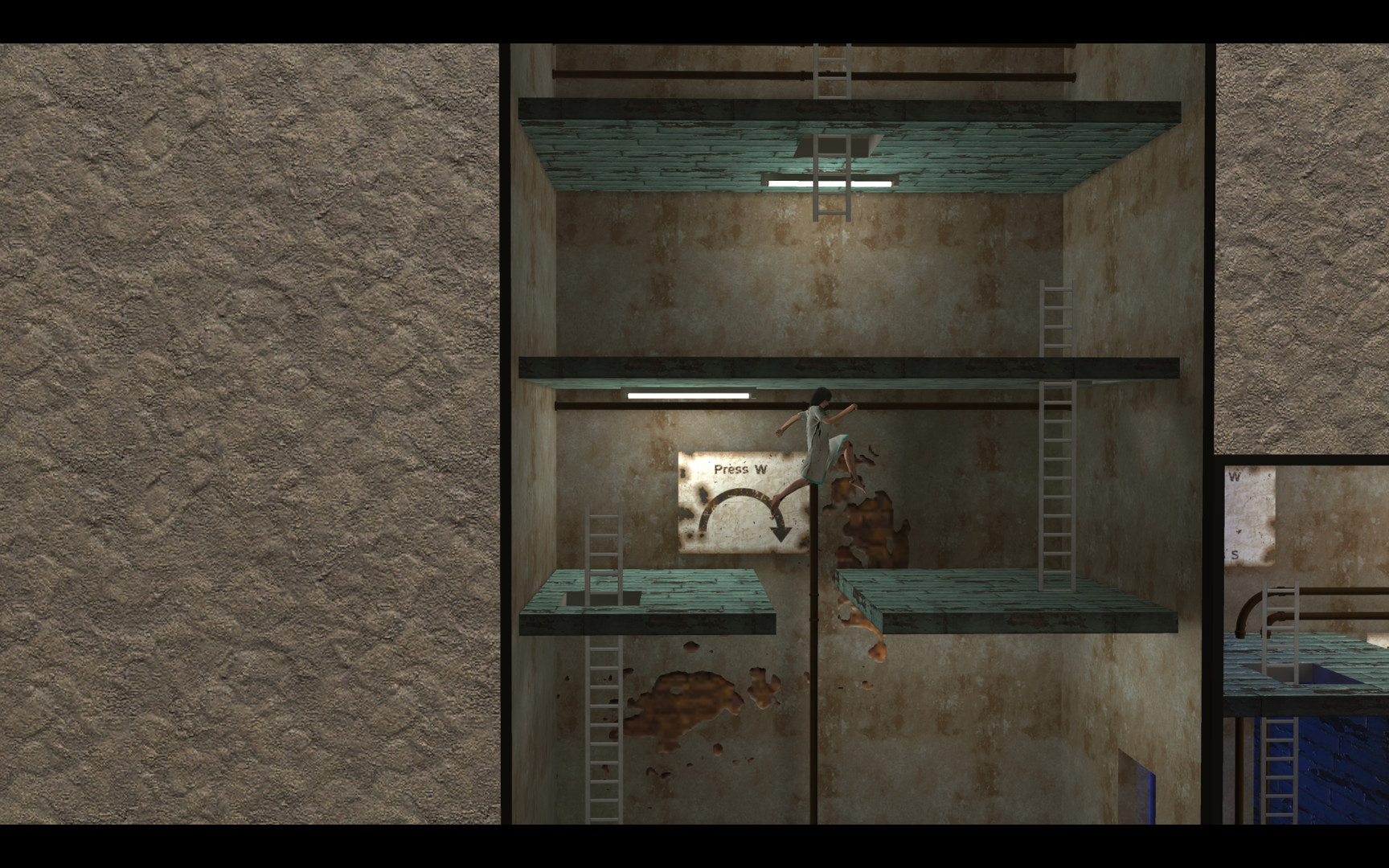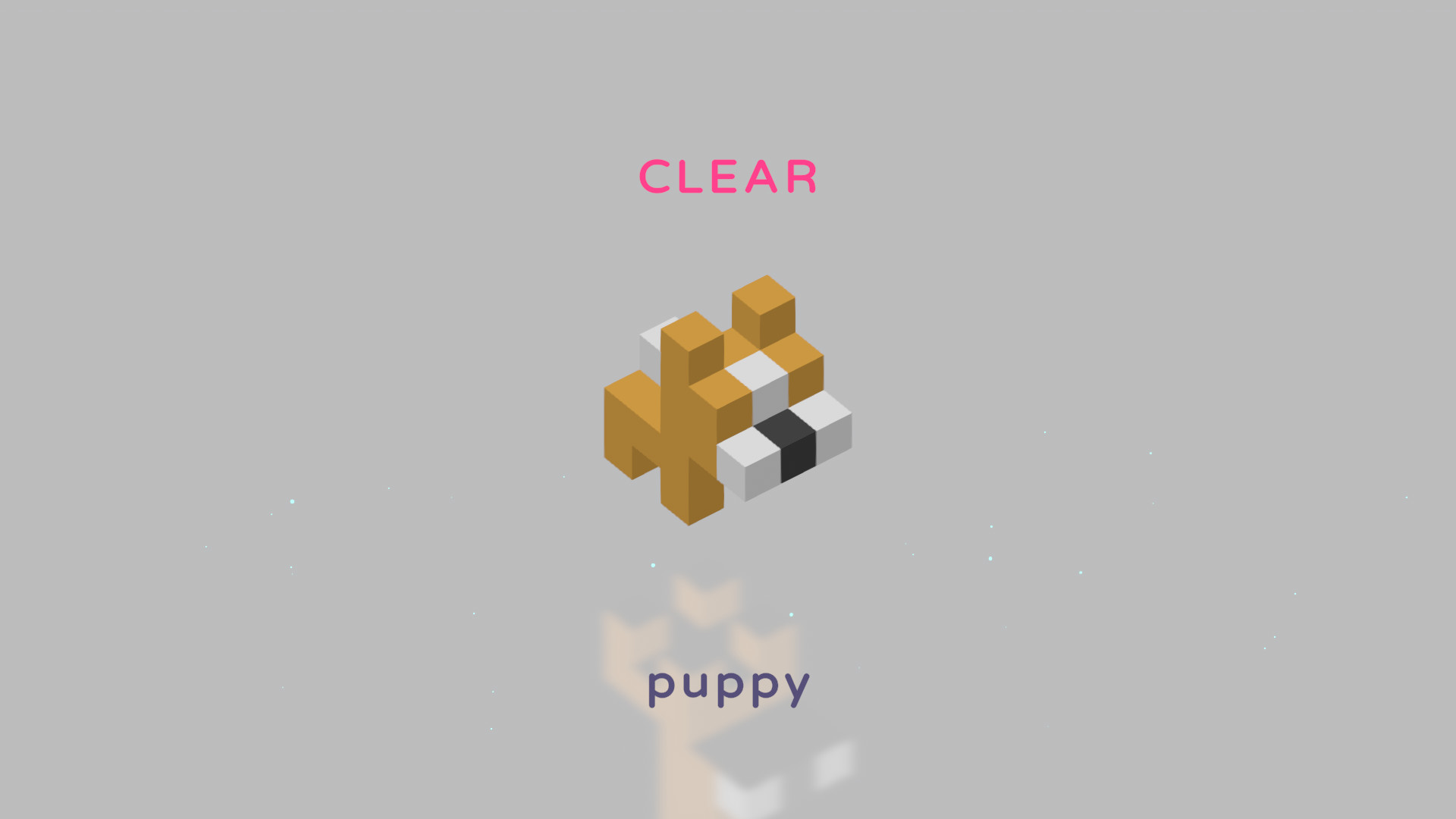Qube Qross Mac OS
Qube Qross Mac OS
Qube is a multiplatform Desktop Environment with support for networking protocols such as TCP/IP, PPP, SMTP, HTTP etc. Developed from scratch by Interactive Studio. The Qube environment was designed for a wide variety of console operating systems and it’s designed to be easily portable. It supports multitasking even on non-multitasking operating systems, such as DOS.
Hi.. just chiming in...Qube Gross Mac Os 11
In what strikes us as an attention gaining marketing move, Cobalt Computer is threatening a law suit over the industrial design of the new Power Mac G4 Cube. A story first reported at ZDNet hints. Qubes OS is a security-oriented, open-source operating system for personal computers. It uses virtualization to implement security by compartmentalization and supports both Linux and Windows virtual environments. I need a laptop new anyways, so I thought that was the perfect occasion to finally use qube but I am afraid on facing some compatibility after buying it, So I was wondering what Pc are you frequently using to run your Qubes OS. The price isnt a problem, but I would like to have the cheapest as possible while still having a great experience quality. Mac OS X & macOS names. As you can see from the list above, with the exception of the first OS X beta, all versions of the Mac operating system from 2001 to 2012 were all named after big cats.
I came here because of all the hype that's going on about Cubes-OS at the moment, mainly because of the Snowden movie. I liked what I've seen in the video tour.

On the main website, Cubes-OS is advertising that its able to run Mac OS X and iOS.
I also own a Macbook Pro and would like to run Mac OS X as a Cubicle / multiple cubicles .. at the moment, I can quite easily install a OS X VM with VMWare Fusion - they even provide a explicit installation option for it, where you can install it from the rescue partition.
So obviously, the legal part is already tackled by checking for some properties on the underlying hardware.. Apple seams to be fine with it, as else VMWare wouldn't allow it.
The two main questions now are:
1) Are there skilled CubesOS developers that would be willing to do this?
2) What resources would they need to do this (hardware, money, other developers)?
if we have a yes for 1) we can try to find a way for 2) ... crowdfunding comes to my mind. If of course no Devs are interested in this, the whole thing makes no sense and references to MacOS X and iOS should be removed from the website, so people now right from the start that this is not supported.
cheers,
Dominik
Prerequisite
The only prerequisite for running SonarQube is to have Java (Oracle JRE 8 or OpenJDK 8) installed on your machine.
Note:On Mac OS X it is highly recommended to install Oracle JDK 8 instead of the corresponding Oracle JRE since the JRE installation does not fully set up your Java environment properly. See this post for more information.
Hardware Requirements
Qube Gross Mac Os X
- A small-scale (individual or small team) instance of the SonarQube server requires at least 2GB of RAM to run efficiently and 1GB of free RAM for the OS. If you are installing an instance for a large teams or Enterprise, please consider the additional recommendations below.
- The amount of disk space you need will depend on how much code you analyze with SonarQube. As an example, SonarCloud the public instance of SonarQube, has more than 350 million lines of code under analysis with 5 years of history. SonarCloud is currently running on clustered Amazon EC2 m5.large instances with allocations of 50 Gb of drive space per node. It handles 19,000+ projects with roughly 14M open issues. SonarCloud runs on PostgreSQL 9.5 and it is using about 250Gb of disk space for the database.
- SonarQube must be installed on hard drives that have excellent read & write performance. Most importantly, the 'data' folder houses the Elasticsearch indices on which a huge amount of I/O will be done when the server is up and running. Great read & write hard drive performance will therefore have a great impact on the overall SonarQube server performance.
Enterprise Hardware Recommendations
For large teams or Enterprise-scale installations of SonarQube, additional hardware is required. At the Enterprise level, monitoring your SonarQube instance/instance-administration/java-process-memory is essential and should guide further hardware upgrades as your instance grows. A starting configuration should include at least:
- 8 cores, to allow the main SonarQube platform to run with multiple Compute Engine workers
- 16GB of RAMFor additional requirements and recommendations relating to database and ElasticSearch, see Hardware Recommendations/requirements/hardware-recommendations.
Supported Platforms
Java
The SonarQube Java analyzer is able to analyze any kind of Java source files regardless of the version of Java they comply to. But SonarQube analysis and the SonarQube Server require specific versions of the JVM.
We recommend using the Critical Path Update (CPU) releases.
| Java | |
|---|---|
| Oracle JRE | 9 |
| 8 | |
| 7 | |
| Open JDK | 9 |
| 8 | |
| 7 | |
| IBM JRE | |
| GCJ | |
| Oracle JRockit |
| Database | |
|---|---|
| PostgreSQL | 9.3 - 9.6 |
| 10 | |
| Must be configured to use UTF-8 charset | |
| Microsoft SQL Server | 2012 (MSSQL Server 11.0) |
| 2014 (MSSQL Server 12.0) with bundled Microsoft JDBC driver. Express Edition is supported. | |
| 2016 (MSSQL Server 13.0) with bundled Microsoft JDBC driver. Express Edition is supported. | |
| Collation must be case-sensitive (CS) and accent-sensitive (AS) (example: Latin1GeneralCS_AS) | |
| READCOMMITTEDSNAPSHOT must be set on the SonarQube database to avoid potential deadlocks under heavy load | |
| Both Windows authentication (“Integrated Security”) and SQL Server authentication are supported. See the Microsoft SQL Server section in Installing/installation/installing-the-server page for instructions on configuring authentication. | |
| Oracle | 10G |
| 11G with Oracle 11.2.x drivers | |
| 12C with Oracle 12.2.x drivers | |
| XE Editions are supported | |
| Must be configured to use a UTF8-family charset (see NLS_CHARACTERSET) | |
| The driver ojdbc14.jar is not supported | |
| Only the thin mode is supported, not OCI | |
| MySQL | Not recommended for large instances |
| 5.6 | |
| 5.7 | |
| Must be configured to use UTF8 charset and a case-sensitive (CS) collation | |
| Only InnoDB storage engine is supported, but not MyISAM | |
| Only the bundled mysql-connector-java jar is supported |
Web Browser
To get the full experience SonarQube has to offer, you must enable JavaScript in your browser.
| Microsoft Internet Explorer | IE 9 |
| IE 10 | |
| IE 11 | |
| Microsoft Edge | Latest |
| Mozilla Firefox | Latest |
| Google Chrome | Latest |
| Opera | Not tested |
| Safari | Latest |
Platform notes
Linux
If you're running on Linux, you must ensure that:

vm.max_map_countis greater or equals to 262144fs.file-maxis greater or equals to 65536- the user running SonarQube can open at least 65536 file descriptors
- the user running SonarQube can open at least 2048 threads
You can see the values with the following commands:
You can set them dynamically for the current session by running the following commands as root:
To set these values more permanently, you must update either /etc/sysctl.d/99-sonarqube.conf (or /etc/sysctl.conf as you wish) to reflect these values.
If the user running SonarQube (sonarqube in this example) does not have the permission to have at least 65536 open descriptors, you must insert this line in /etc/security/limits.d/99-sonarqube.conf (or /etc/security/limits.conf as you wish):
You can get more detail in the Elasticsearch documentation.
If you are using systemd to start SonarQube, you must specify those limits inside your unit file in the section [service] :
seccomp filter
Qube Gross Mac Os Catalina
By default, Elasticsearch uses seccomp filter. On most distribution this feature is activated in the kernel, however on distributions like Red Hat Linux 6 this feature is deactivated. If you are using a distribution without this feature and you cannot upgrade to a newer version with seccomp activated, you have to explicitly deactivate this security layer by updating sonar.search.javaAdditionalOpts in $SONARQUBEHOME/conf/sonar.properties_:
You can check if seccomp is available on your kernel with:
If your kernel has seccomp, you will see:
Qube Gross Mac Os Download
For more detail, see the Elasticsearch documentation.
Qube Qross Mac OS
